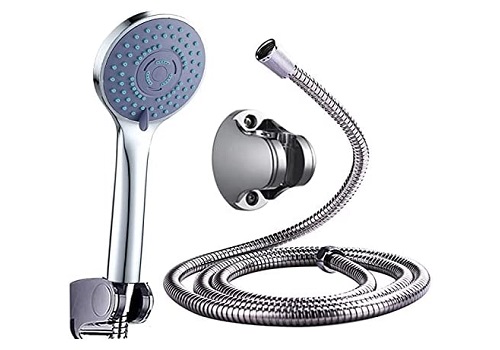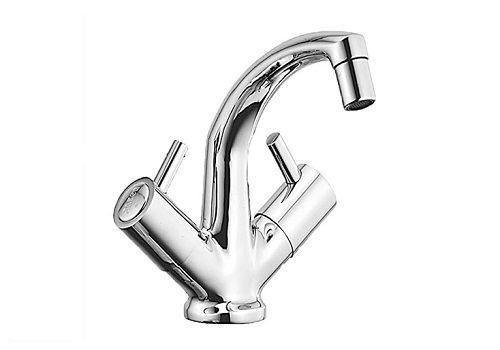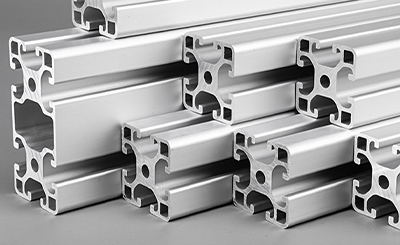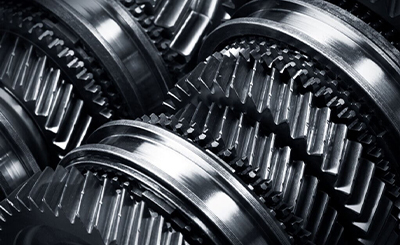Bathroom Fittings
Most bath fittings are made of brass, a copper alloy and to make copper less reactive and stronger, it is usually alloyed with a less reactive metal, such as tin to make bronze, or zinc to form brass. Native brass, however, still requires a lot of care. To reduce maintenance and increase durability, brass is given a protective coating. The most common coating is a layer of a non-reactive metal, usually chrome or Nickel, that does not require maintenance.
Bath Fittings include taps, faucets, shower heads and other connections. All these components require electroplating because of corrosion. Bathroom fittings are electroplated with chromium. It is deposited by using chromic acid and water. There is often one or more than one acid used to work as the catalyst and to help the chromium in the cathode deposition. Sulphates and fluorides are most commonly used.
Plating often involves several coats. Some metals cannot be plated directly to brass, so an intermediate metal (usually nickel or zinc/nickel alloy) undercoat may be necessary.
Surface Finishing is usually done on Bath Fittings for two main purposes:
Corrosion Protection
Wear Resistance
Modifying Electrical Conductivity
Improved Adhesion
Friction Modification
Aesthetics
- Increase its durability
- Aesthetic Appearance






Several components and systems require surface finishing in the Aerospace industry. Some notable components and systems are mentioned below:

Landing Gears

Engine Components

Navigation Systems

Helicopter Rotor Blades

Electrical Hardware
Typical chemical processes for bathroom fitting components:
Nickel Chrome Plating
Plating on Plastics (POP) or ABS plating
Gold or Silver Plating
We specialise in designing and manufacturing NADCAP-approved surface finishing plants for a range of chemical processes:
Anodizing
Hard Chrome Plating
Zinc/Nickel Plating
Cadmium Plating
Electroless Nickel Plating
Passivation
Types of Plants
Rack Plant
Types of Plants
Barrel Plant
Types of Plants
Rack-Barrel Combination


